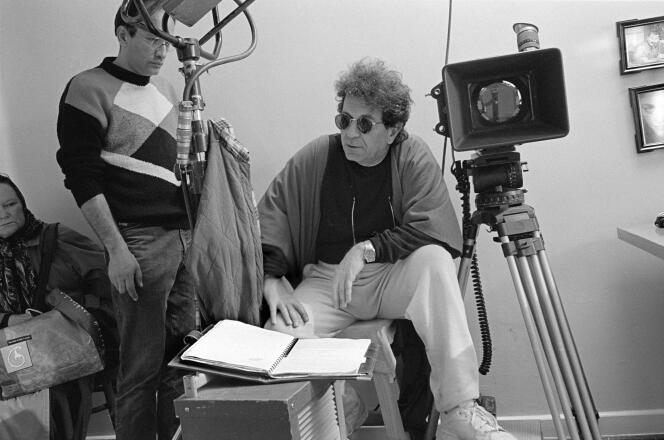The double assassination of Iranian filmmaker Dariush Mehrjui, 83, and his wife, Vahideh Mohammadifar, 54, has caused deep emotion in Iran. Saturday October 14, the director of The cow (1969), an Iranian New Wave film, which was banned in her country for three years, and the screenwriter and costume designer were found stabbed at their home in Karadj, near Tehran. The investigation is ongoing. Shortly after the discovery of the bodies, the hypothesis of a burglary gone wrong was put forward, but many observers do not rule out a political murder and point the finger at the responsibility of the regime.
Director, screenwriter and producer, Dariush Mehrjui was born on December 8, 1939, in Tehran. He trained in the United States, obtaining a philosophy degree in 1964 at the University of California at Los Angeles (UCLA), in the midst of the counterculture, meeting Jean-Luc Godard, Ingmar Bergman, Michelangelo Antonioni… He already dreamed of cinema and started filming on his return to Iran.
His second film, The cow, of neorealist inspiration, with its black and white grain and its hallucinatory visions of a peasant sinking into psychosis after losing his animal, remains his absolute masterpiece. The film is considered by many to be the equivalent of Bicycle thief (1948), by Vittorio De Sica, or Four Hundred Blows (1959), by François Truffaut – a clandestine copy of The cow was sent to the Venice Film Festival in 1971.
Dariush Mehrjui has directed around twenty films, from auteur cinema to popular comedies, such as Tenants (1986), which was a great success. He also wrote a trilogy about women, Sarah (1993), Bet (1995) and Leila (1996), with actresses Niki Karimi and Leila Hatami. He was keen to show his country as it is, to name the problems, which earned him censorship at different times.
Besides The cow, The cycle (1974), which denounced the scandal of blood donations taken from poor or marginalized populations in exchange for money, was blocked for several years. Likewise were censored The school we went to (1980), Baanoo (1991) or even Santouri (2007), dedicated to a musician – with Golshifteh Farahani, who also played in Headstand (1998). Dariush Mehrjui suffered from censorship under the Shah’s regime (until 1979), but also under the Islamic Republic of Iran, in place since 1979.
With regard to its rejection – or its acceptance – by politics, The cow is a fairly emblematic work, explains film historian Agnès Devictor, author of Politics of Iranian cinema (CNRS, 2004). “The image of a traditional campaign that was shown in the film went against the message of modernity that the government conveyed. The cow remained banned for three years, before being allowed to be released, accompanied by a warning card, which deceived no one, where it was written: “This film tells a story that takes place well before the white revolution [agraire] launched [en 1961] by the shah of Iran.” »
You have 50.74% of this article left to read. The rest is reserved for subscribers.
